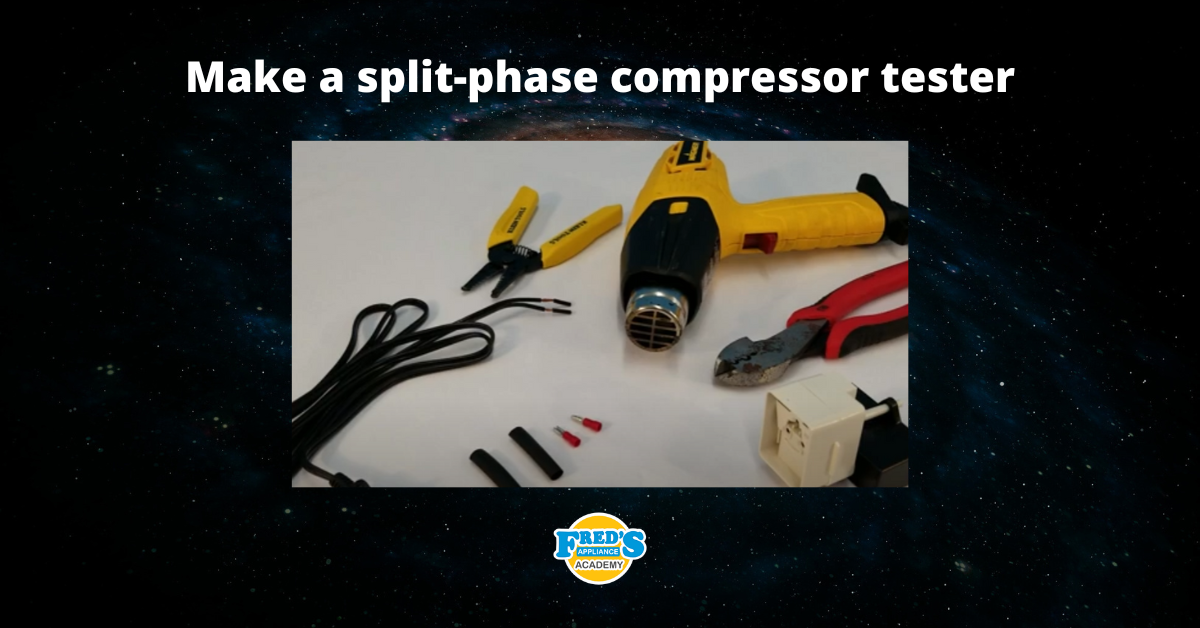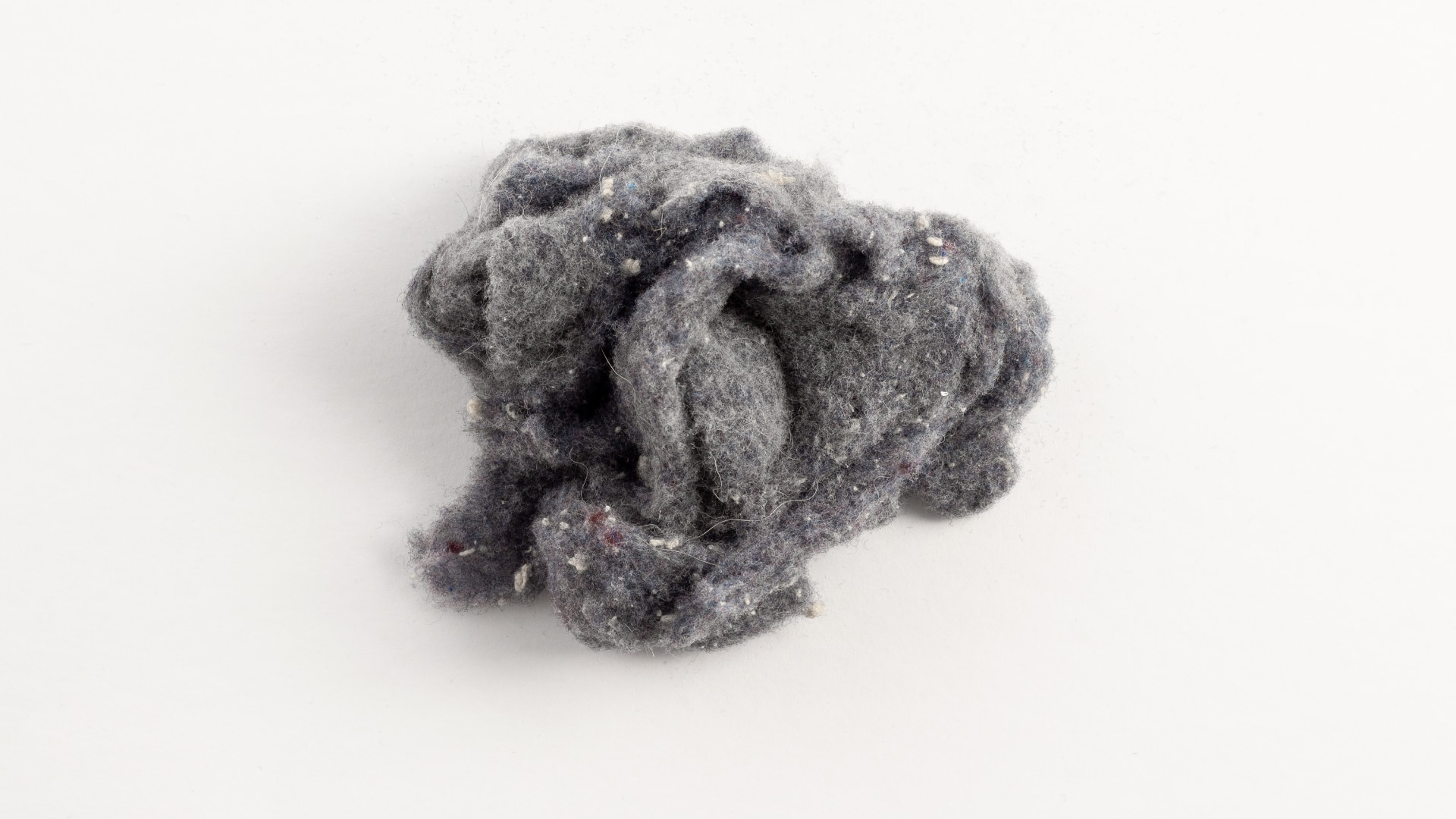
Check the Thermal Fuse
The first component to check is the thermal fuse. The purpose of the thermal fuse is to stop the dryer from overheating.
You can check and, if necessary, replace the thermal fuse by:
- Turning your dryer off at the wall and removing the plug.
- Locate the thermal fuse – you can find it on the blower housing or by the dryer’s heat source (the burner for a gas dryer or the heating element for electric dryers).
- Once located, use a multimeter to check the fuse for continuity.
- If you find that it has continuity, then it hasn’t blown, and you can move on to checking the next component. However, if there is no continuity, then the fuse will need to be replaced.
- Once you have replaced the fuse, you should check the exhaust vent to make sure it is not blocked up. as this is probably what caused the fuse to blow.
Test the Igniter
The second component to check is the igniter. In gas-powered dryers, the igniter ignites the gas so it can operate. When it fails, the dryer cannot operate correctly.
To check the igniter, you’ll need to:
- Turn the dryer off at the wall and remove the plug (or turn it off at the mains).
- Locate the igniter and test it for continuity by using a multimeter.
- If the igniter has continuity, it is fine, and you can move on to checking the next component. If it doesn’t have continuity, this means that it is defective and will need to be replaced.
Check the Flame Sensor
After you have checked the thermal fuse and the igniter, the next component to check is the flame sensor. The role of the flame sensor is to detect heat from the flame. When the sensor is faulty, the dryer will not heat.
It can be checked by:
- Making sure that the dryer is still turned off. Then locate the flame sensor.
- Use a multimeter to test the sensor for continuity.
- If it has continuity, then it is not the cause of the problem, but if it doesn’t, then you will need to replace it.
Check the Gas Valve Solenoid
The next component to check (if you have a gas-powered dryer) is the gas valve solenoid. The function of the gas valve solenoid is to let gas flow into the burner assembly via the gas valve ports. When the valves fail, the dryer won’t be able to heat.
To check the gas valve solenoid, you need to:
- Turn your dryer off at the wall and remove the plug.
- The best way to check if one or more of the gas valve solenoids in your dryer has failed is to check the igniter. So, locate the igniter and then check if it glows and then ignites the gas.
- If it fails, then you should replace all of the gas valve solenoids. If the igniter ignites the gas, then the gas valve solenoids are working correctly and are not the cause of your dryer failing to heat.
Test the Heating Element
Another possible cause of your Electrolux dryer failing to heat is if the heating element is faulty. When the heating element is faulty, the air that circulates the dryer will not heat up.
You can check the element by:
- Turning the dryer off at the wall.
- Find the element, and then use a multimeter to test it for continuity.
- If it doesn’t have continuity, then this means it has burned out and will need to be replaced. If it does have continuity, then it is working correctly.
Test the Incoming Power
Another common reason why dryers stop heating is if there is a problem with the incoming power.
To check the power, you need to:
- Check your fuse box to make sure the fuses haven’t blown or the circuit breakers haven’t tripped. If they have, then you will need to fix them.
- If they are correctly working, the next thing to do is check the voltage by using a multimeter. Electric Electrolux dryers require two legs of 120 volts AC (for a total of 250 volts) to operate correctly.
- If you find a problem with the voltage, you’ll need to get it repaired.
Test the High-Limit and Cycling Thermostats
These two thermostats help to monitor and regulate the temperature of the dryer while it’s running through a cycle. When they are defective, they can stop the dryer from heating correctly. However, they are not usually the cause of the problem, so only check them once you have tried all of the other components that we have listed above.
To check the high-limit thermostat and the cycling thermostat, you need to:
- Make sure that the dryer is turned off.
- Locate the thermostats (they are two separate components).
- Use a multimeter to check them for continuity.
- If they both have continuity, then they are working fine and are not the cause of the problem.
- If one or both have no continuity when you check them, then they will need to be replaced.
Test the Timer
If every other component above has been checked, you should now check the dryer’s timer. The timer is very rarely the cause of a dryer not heating, but if you have checked everything else out, then check the timer to make sure.
You can check the timer by:
- Making sure that the dryer is turned off at the wall.
- Locate the timer and use a multimeter to check it for continuity.
- If it has continuity, it is working correctly and doesn’t need to be replaced. However, if it lacks continuity, then it is faulty and needs to be replaced.
Check the Main Control Board
The final component to check is the main control board. It is a very uncommon cause of a dryer failing to heat, but it can sometimes be the case. Unfortunately, it is very difficult to test, so your only option is to replace it and then check if it fixes the problem.
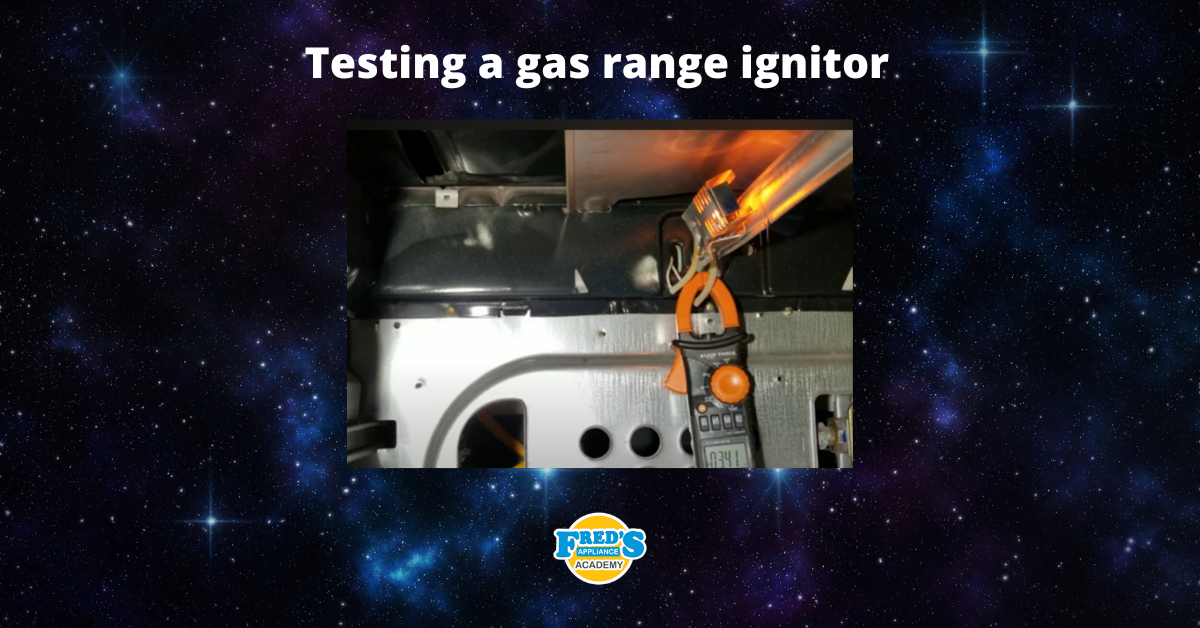
How to test a gas range ignitor

Congrats to our graduating March 2024 class
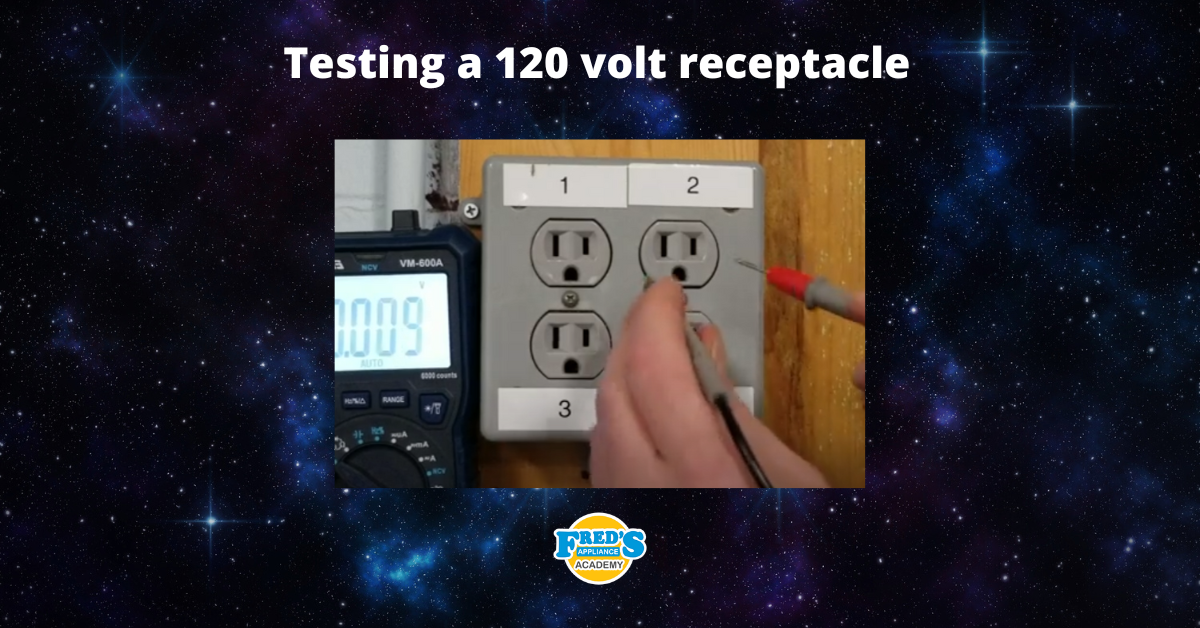
How to test a 120 volt receptacle

Congrats to our graduating February 2024 class
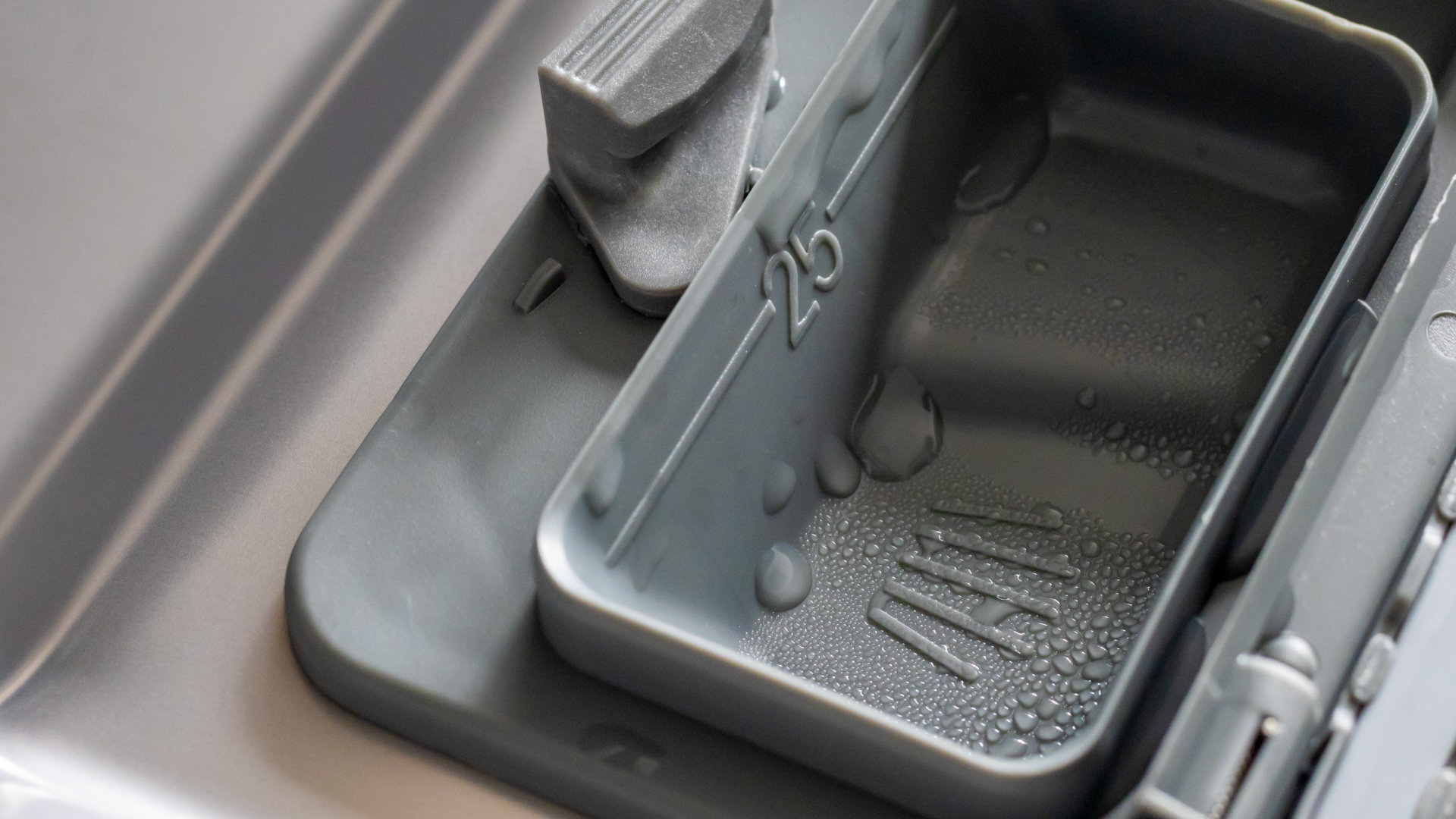
Why Is Your Dishwasher Soap Not Dissolving? (5 Easy Fixes)
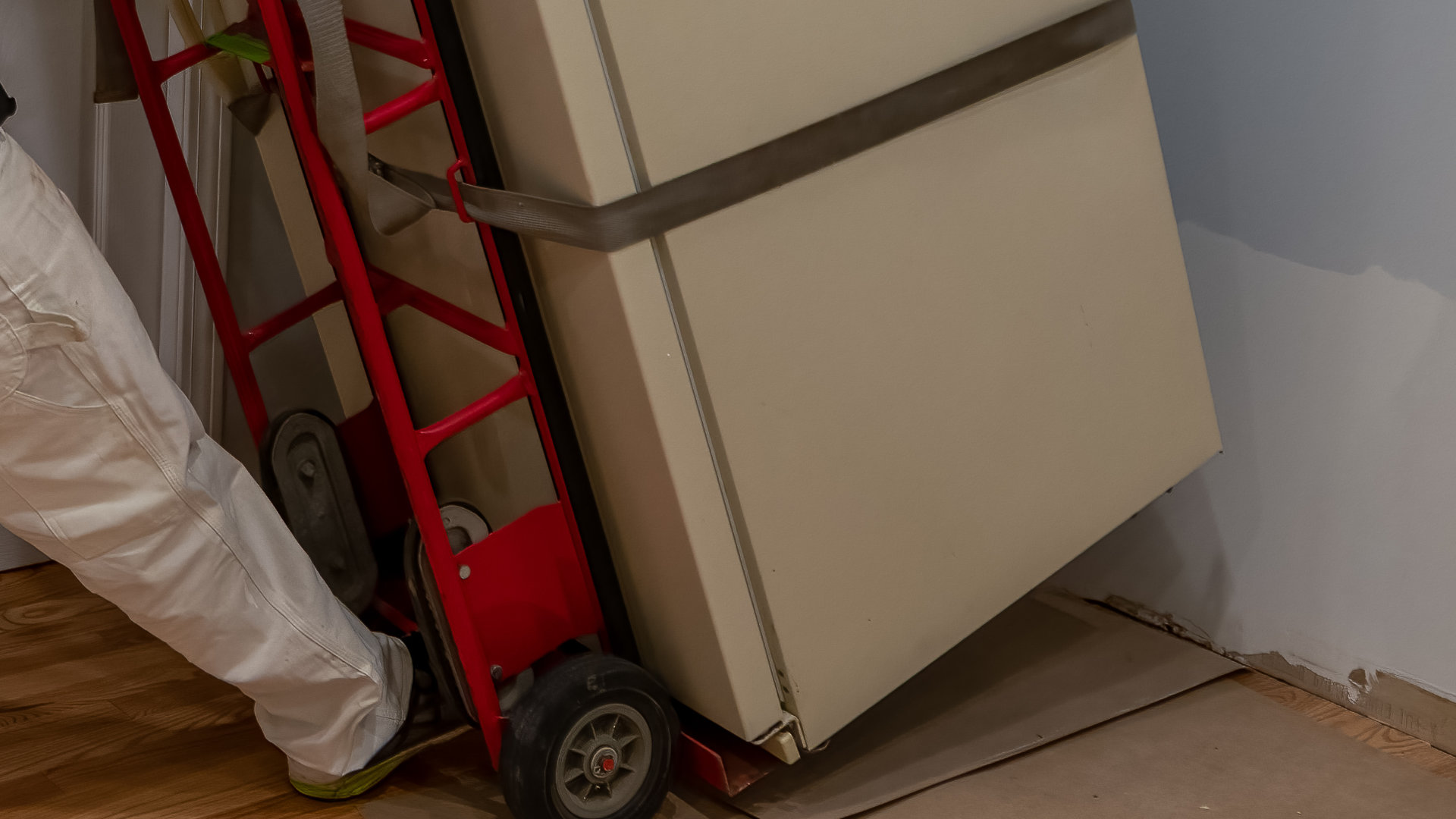
Refrigerator Dripping Water Inside? 5 Quick Fixes

Appliance Industry 2023 Q4 Results

Congrats to our graduating January 2024 class
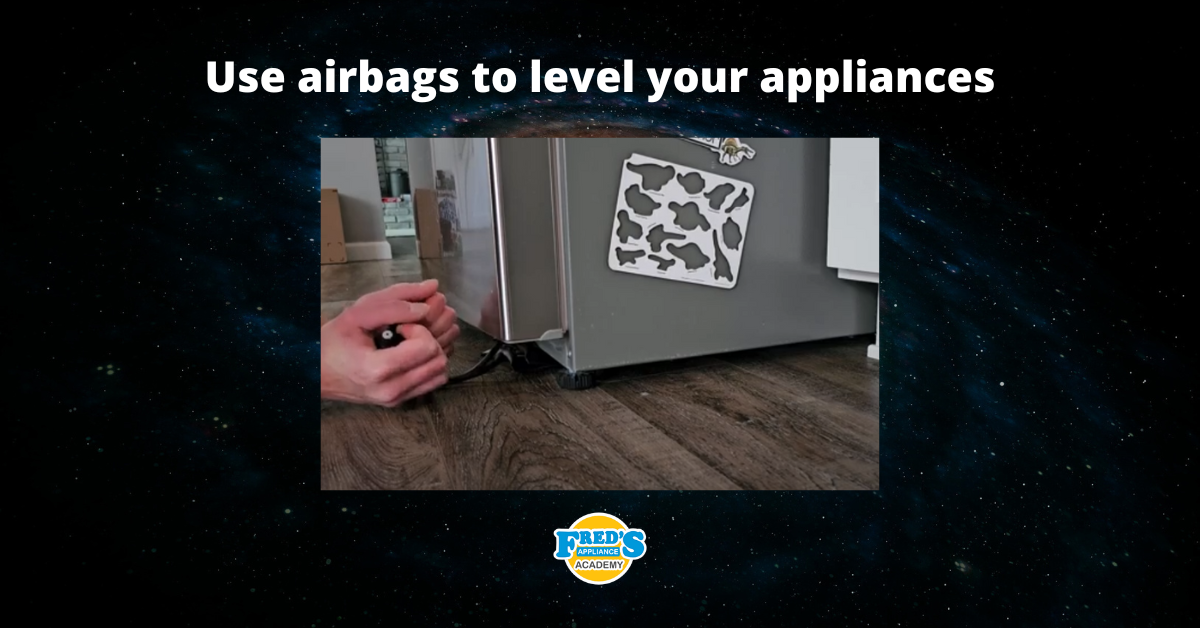
Clever ways to use airbags to level your appliances
